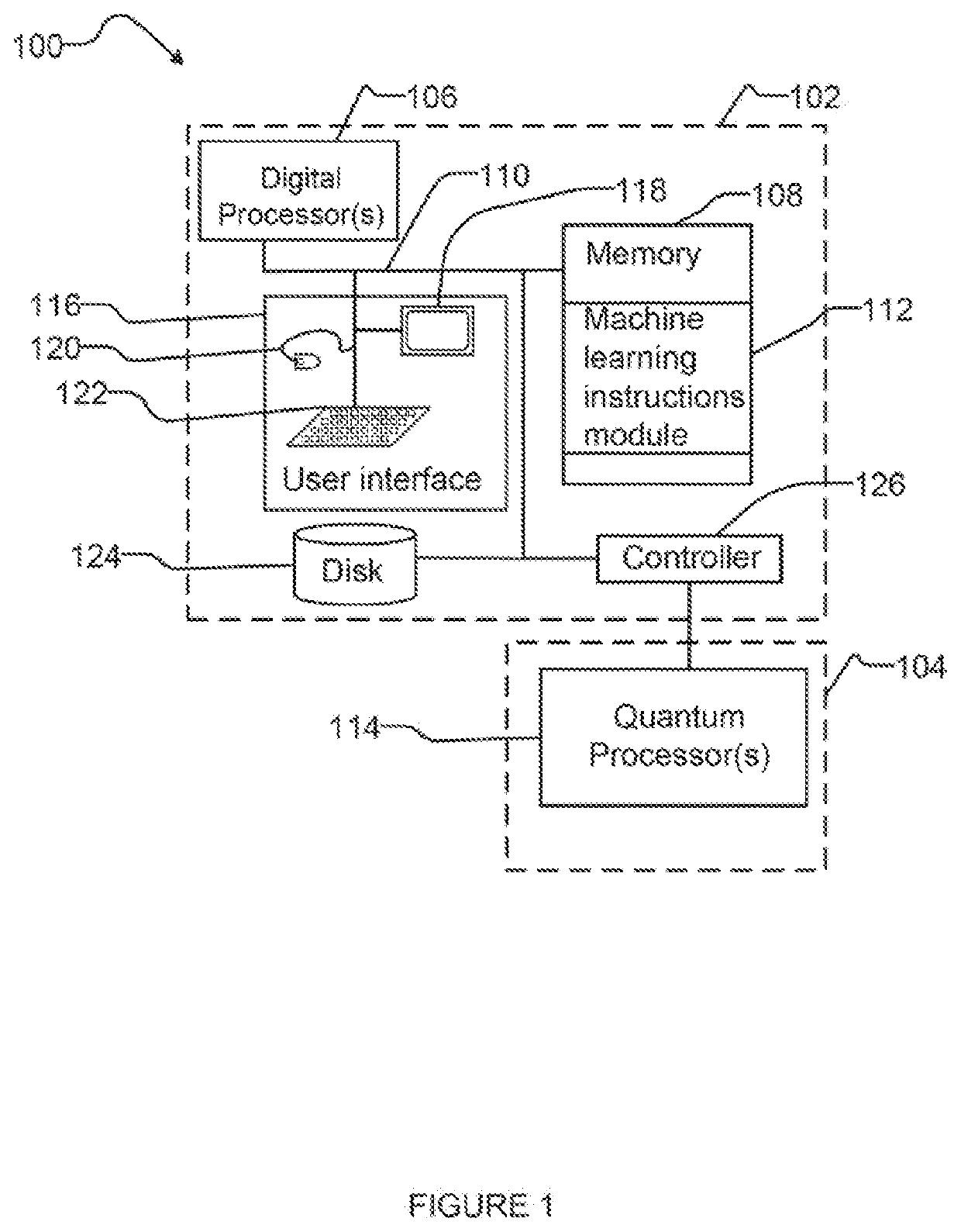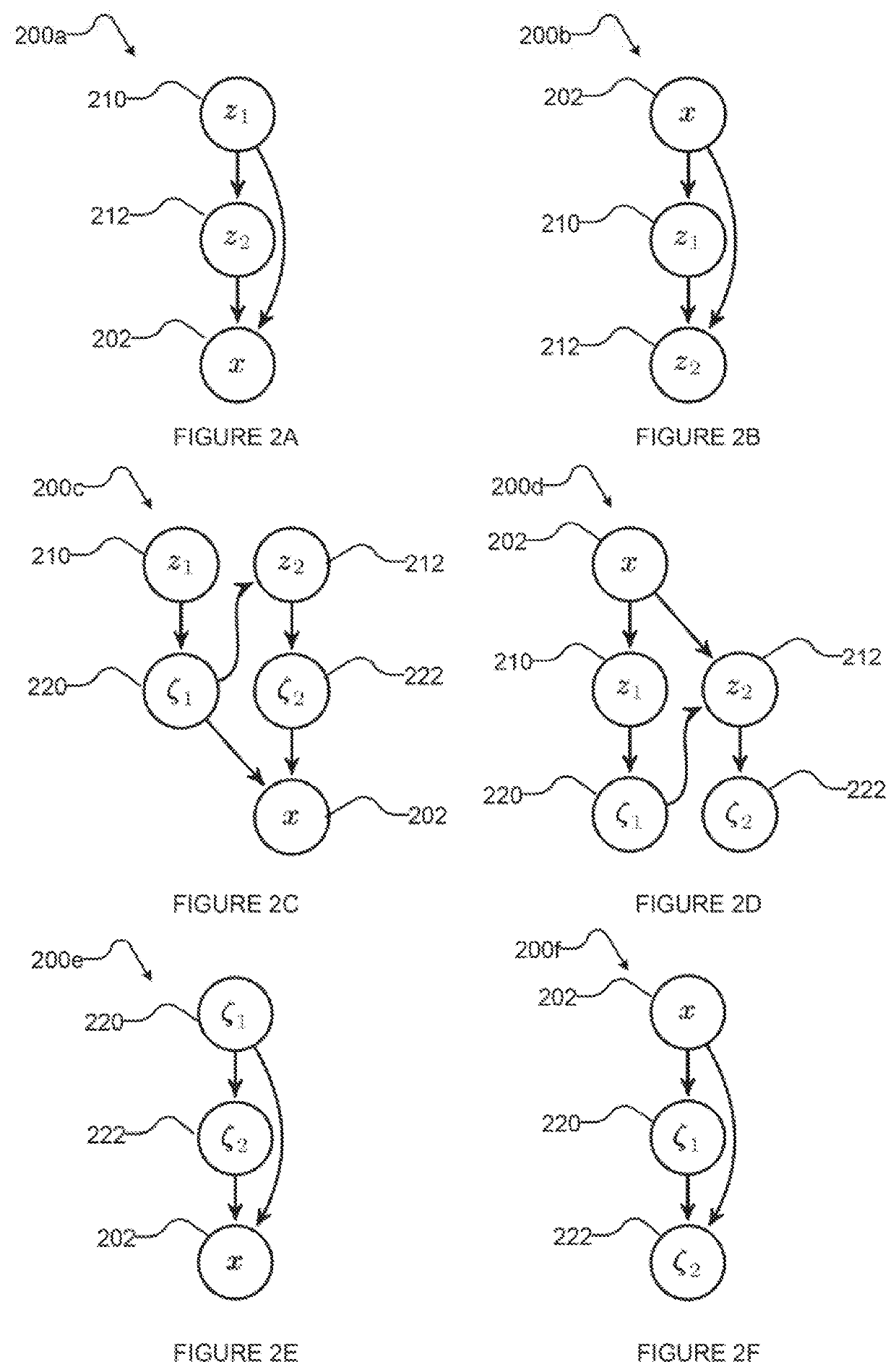Systems and methods for training generative machine learning models
- Summary
- Abstract
- Description
- Claims
- Application Information
AI Technical Summary
Benefits of technology
Problems solved by technology
Method used
Image
Examples
Embodiment Construction
[0095]The present disclosure provides novel architectures for machine learning models having latent variables, and particularly to systems instantiating such architectures and methods for training and inference therewith. We provide a new approach to converting binary latent variables to continuous latent variables via a new class of smoothing transformations. In the case of binary variables, this class of transformation comprises two distributions with an overlapping support that in the limit converge to two Dirac delta distributions centered at 0 and 1 (e.g., similar to a Bemoulli distribution). Examples of such smoothing transformations include a mixture of exponential distributions and a mixture of logistic distributions. The overlapping transformation described herein can be used for training a broad range of machine learning models, including directed latent models with binary variables and latent models with undirected graphical models in their prior. These transformations ar...
PUM
 Login to View More
Login to View More Abstract
Description
Claims
Application Information
 Login to View More
Login to View More - R&D
- Intellectual Property
- Life Sciences
- Materials
- Tech Scout
- Unparalleled Data Quality
- Higher Quality Content
- 60% Fewer Hallucinations
Browse by: Latest US Patents, China's latest patents, Technical Efficacy Thesaurus, Application Domain, Technology Topic, Popular Technical Reports.
© 2025 PatSnap. All rights reserved.Legal|Privacy policy|Modern Slavery Act Transparency Statement|Sitemap|About US| Contact US: help@patsnap.com



